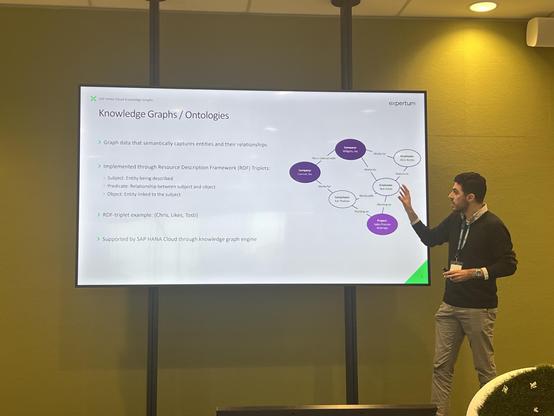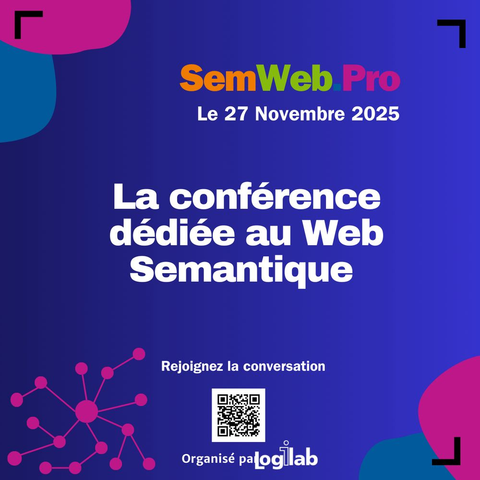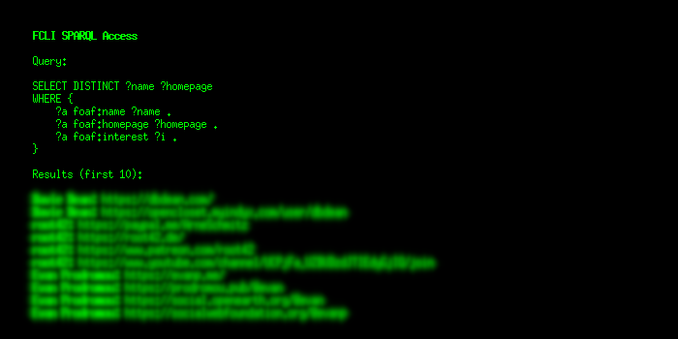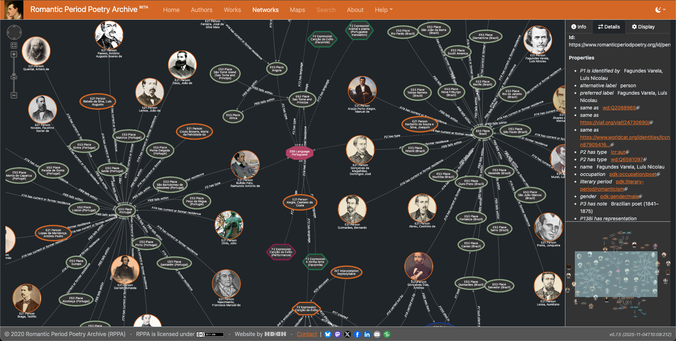The other thing I've been doing is getting up to speed with #RDF, #FOAF and other #semanticweb technologies. I'm trying to build a representation of my social graph which I can query using open technologies, and converting what I can download from my home instance via the #mastodon API to FOAF was pretty straightforward, although I haven't yet really tried querying it yet, which I'm guessing either means learning #SPARQL or finding some sort of graphical explorer app.
I think there are two directions in which I want to take this. First is analysing the post history, e.g. looking at the #tags people use. Because of the way #FCLI works I've built up an archive of around 300k posts ready to do that with, so there should be some interesting data there.
Secondly, I was thinking about following the social graph to higher order connections, i.e. who the people I follow follow ...
2/n






